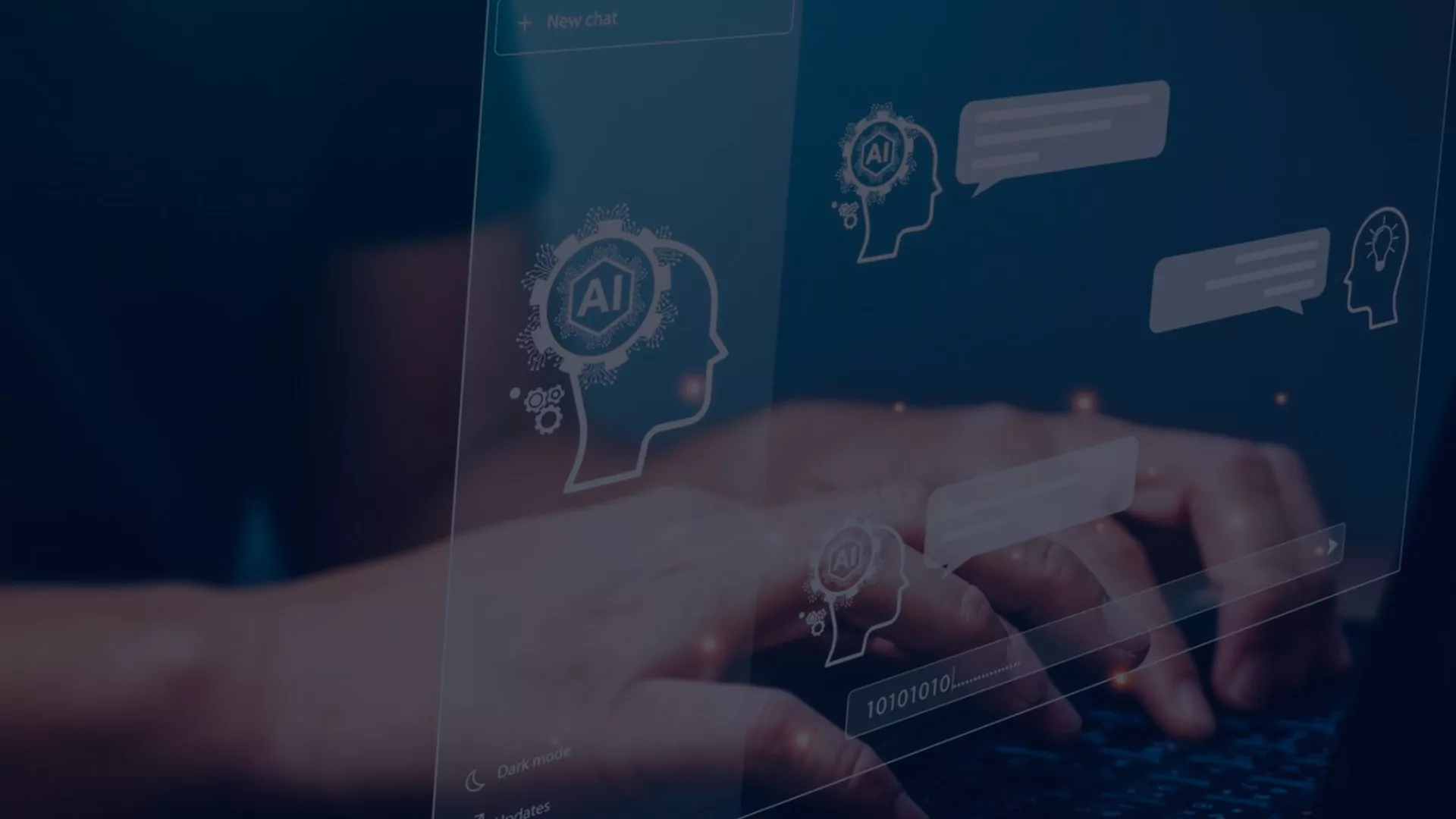Providing excellent customer service is crucial in influencing clients’ choices, encouraging their return, and recommending your products to their friends. Therefore, it’s an area that requires careful attention and striving for flawlessness.
That’s why today we’ve decided to focus on this aspect of business operations and demonstrate how large language models can support your customer service team in their daily tasks. These models can expedite business processes and bring tangible benefits, such as improved efficiency and cost savings. First, we will explore the advantages of utilizing LLMs, followed by practical applications of these models in customer service. Without further delay, let’s get started!
The advantages of integrating large language models into customer service
As we’ve mentioned in our previous articles on large language models, LLM-based solutions can offer significant advantages in numerous company processes. By integrating large language models into your customer service, you can unlock many benefits, which we will explore in the upcoming section.
Improved efficiency
Large language models can simultaneously handle a high volume of customer inquiries, providing quick and accurate responses. They reduce the need for manual intervention and allow customer service teams to focus on more complex issues.
Cost savings
By automating various tasks, large language models can reduce the need for an extensive customer service team, including night shifts for 24/7 assistance. It leads to considerable business cost savings while providing efficient and adequate customer support.
24/7 availability
Language models can operate round the clock, providing customer support anytime and in any time zone. This way, customers receive assistance whenever they need it, which is particularly important in the times when they have become used to instant access to information.
Multilingual support
Large language models offer more than just 24/7 support. They also enable seamless communication in multiple languages, enabling businesses to provide customer service to a global customer base without the need for extensive language support resources or hiring a large customer service team to cover all language versions.
Faster response time
Language models can analyze and generate real-time responses, significantly reducing customer waiting times. Quick and prompt responses enhance customer experience, improve overall satisfaction levels, and maximize the chance of conversion.
Scalability
Language models can scale easily to handle a growing number of customer interactions without compromising response quality. This scalability ensures that customer service remains consistently available and responsive, even during peak periods and when you decide to expand your business to other markets or industry sectors.
Personalized interactions
Personalized communication with customers takes a lot of time; thus, it’s not always possible with limited staff. With advanced natural language processing capabilities, systems can understand customer queries and provide tailored responses to everyone. It results in a more engaging customer experience, enhanced satisfaction, and loyalty.
Data-driven approach
The data-driven approach has become increasingly important in the digital age, regardless of the industry. By analyzing client interactions and customer service effectiveness, LLMs can generate valuable insights to drive iterative improvements in products, services, and customer support processes.

The LLM-powered tools in customer service
Large language models can substantially impact customer service by improving and automating various aspects of customer interactions. Let’s explore how you can achieve the benefits mentioned above through real-life use cases. Here are some commonly utilized tools:
Chatbots
Chatbots are among the most renowned and widely-used applications of large language models in customer service. They can engage in automated customer conversations, answer frequently asked questions, provide product information, troubleshoot common issues, and even handle basic transactions round the clock, no matter the time zone. Chatbots use natural language processing and machine learning to understand customer queries and provide relevant responses.
Email autoresponders
Large language models can be used to automate email responses to customer inquiries. By analyzing the content and context of messages, they can generate relevant and personalized answers, handling a large volume of customer inquiries in no time. The LLM-based autoresponders ensure the generated text is grammatically correct and matches the tone and style expected in customer communication.
For example, the email marketing platform Mailchimp offers an email autoresponder feature. The tool uses a rule-based approach to automatically trigger responses based on specific events or user actions.
Virtual assistants
Virtual assistants like voice AI assistants can interact with customers and perform various product or service-related tasks. They can provide information and recommendations, schedule appointments, guide clients through the sales process, and even place orders on their behalf.
For example, we’ve built an AI-powered assistant used by car dealerships and repair shops. The bot assists customers in car purchase and service, and answers their questions. It can sell cars choosing the best match, arrange service visits, and make appointments with dealers. As a result, car owners and buyers are served accurately but way faster.
Recommender systems
Large language models can analyze customer data on user interactions, browsing and purchase history, and preferences to provide personalized recommendations of relevant products or services.
The most well-known real-life examples include Netflix, Spotify, Amazon, edX, and social media platforms that recommend feeds and content.
Read more about recommender systems.
Content generators
LLMs can be used to generate content for customer service purposes, such as responses to common customer inquiries, personalized emails, and knowledge base articles for self-service support. Additionally, integrating an SPF record checker within LLMs can enhance email content generation for customer service by ensuring email deliverability and security compliance, thereby improving the overall customer experience.
Currently, the most widely discussed content generator is Chat GPT which utilizes large language models to understand customer text-based interactions and generate suitable responses.
Translators
LLMs enable businesses to provide multilingual customer support without the need to hire speakers of all languages. These tools can automatically translate customer inquiries and customer service responses into different languages in real time, facilitating smooth communication.
DeepL and Google Translate are probably the most widely recognized AI-powered translators for multiple languages.
Analytics tools
Analytics tools encompass a broad range of systems that customer service representatives can use to measure current endeavors and identify areas for improvement. Some of the examples include:
- Sentiment analytics: Large language models can be used to analyze customer reactions expressed in social media posts, reviews, and other forms of customer feedback.
- Social media monitoring: Large language models can monitor social media platforms for company mentions, its products, or customer service-related keywords in real time.
- Voice analytics: Large language models can be applied to analyze and extract insights from customers calling the helpline, seeking assistance, making inquiries, providing feedback, or resolving issues related to products or services
Some of the examples of LLM-powered analytics tools include Google Analytics, IBM Watson Discovery, and Tableau by Salesforce.
These are just a few examples of the large language model tools used in customer service. The specific tools employed may vary depending on the organization’s needs and the channels through which customer interactions occur.
Wrap-up
By and large, implementing large language models into customer service operations can result in improved efficiency, enhanced customer satisfaction, cost savings, and the capacity to provide personalized and timely support to customers. Moreover, numerous tools are already being utilized by companies worldwide, with some of the most notable examples elaborated upon in the article.
Feel free to contact us for further information on LLMs and the benefits they can bring to your business!





